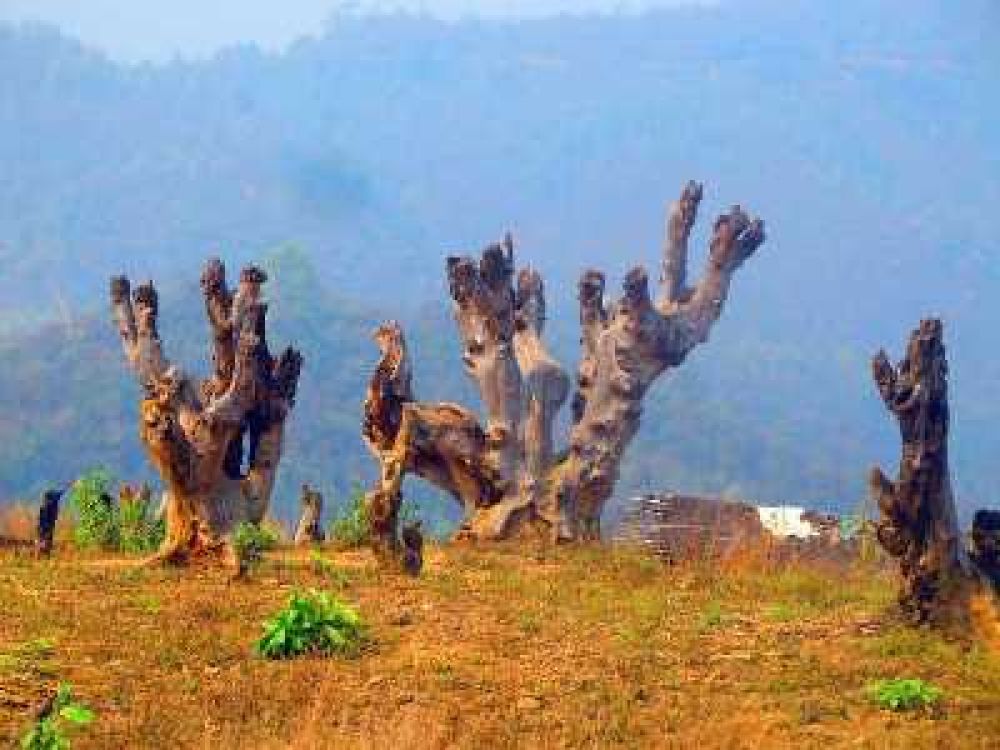Tsadang, located in the Tuensang district of Nagaland, India, is renowned for its picturesque landscapes, unique tribal culture, and traditional lifestyle of the indigenous people. The area is popular among tourists for its scenic beauty, trekking opportunities, and the chance to experience the rich heritage and customs of the native tribes, particularly the Chang Naga tribe.

